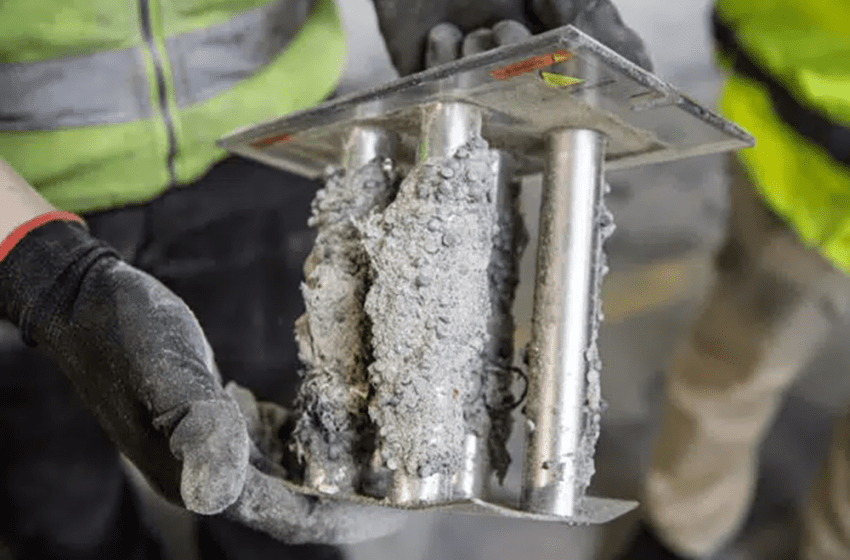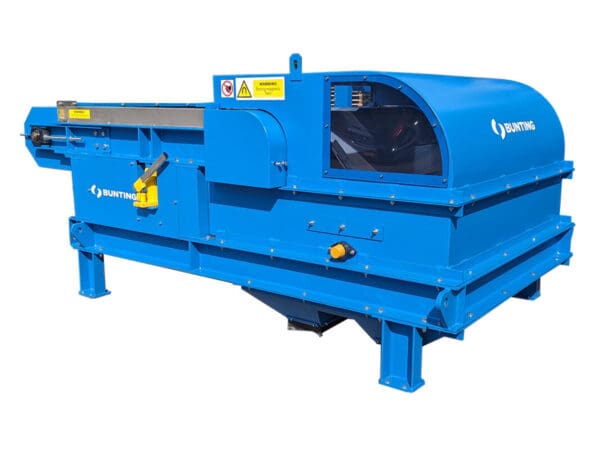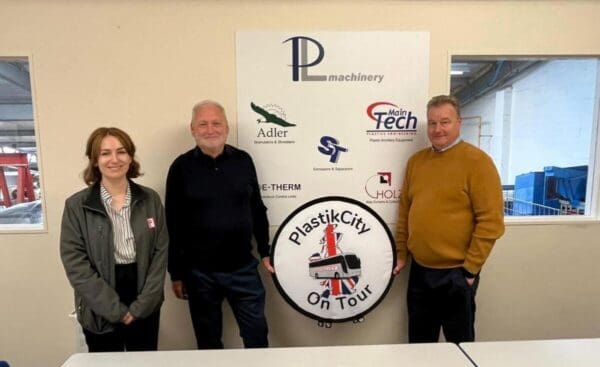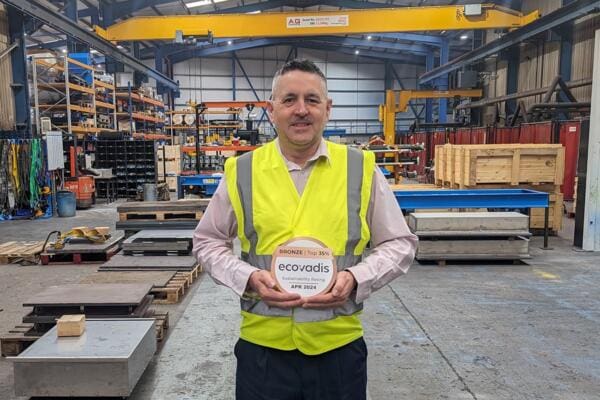
Bunting-Redditch Blog // The Importance of Cleaning Magnetic Separators
|
Getting your Trinity Audio player ready...
|
When on-site, Bunting-Redditch’s Technical Sales Engineers often take the opportunity to check the installed magnetic separators. At many sites, this results in a conversation about the required cleaning frequency for a permanent magnetic separator such as a Drawer Filter Magnet, Plate Magnet, or Liquid Magnetic Separator. This is when captured ferrous metal is manually removed from the surface of the tube or plate magnet. The maintenance crew will often have a regimented cleaning cycle, which can be as often as twice a day. However, at some sites, the magnets have not been cleaned for an extended period.
Does Cleaning a Magnetic Separator Matter?
There is no doubt that is difficult and time-consuming to remove captured ferrous metal from ultra-strong neodymium tubes or plate magnets. Unless a self or easy clean design of magnetic separator is installed, an operator has to remove the magnetic assembly from the housing and physically remove the ferrous detritus from the surface.

However, failure to regularly remove the captured ferrous metal reduces the performance of the magnetic separator and can restrict the flow of material passing through or over.
The maximum magnetic intensity of a tube and plate magnets is on the surface. Moving away from the surface, the magnetic field reduces. The build-up of captured ferrous metal creates a barrier between products contaminated with ferrous metal and the magnet surface, reducing the separation effectiveness.
Also, if left for a prolonged period, the captured ferrous metal can solidify into a hard crust, which requires more intense cleaning, which is difficult, and puts the magnetic separator at risk of damage.
Cleaning Regimes for Magnetic Separators
Adding the cleaning of a magnetic separator to a maintenance schedule ensures regular removal of tramp ferrous metal for optimum magnetic performance as well as preventing production issues caused by blockages or poor product flow. The frequency of the cleaning is entirely dependent on the quantity of captured magnetics and can range from once a week at a food processing plant to three times a day at a plastic recycling operation.
Read more news from Bunting here.
![]()
Bunting
+44 (0) 1527 65858
Website
Email





